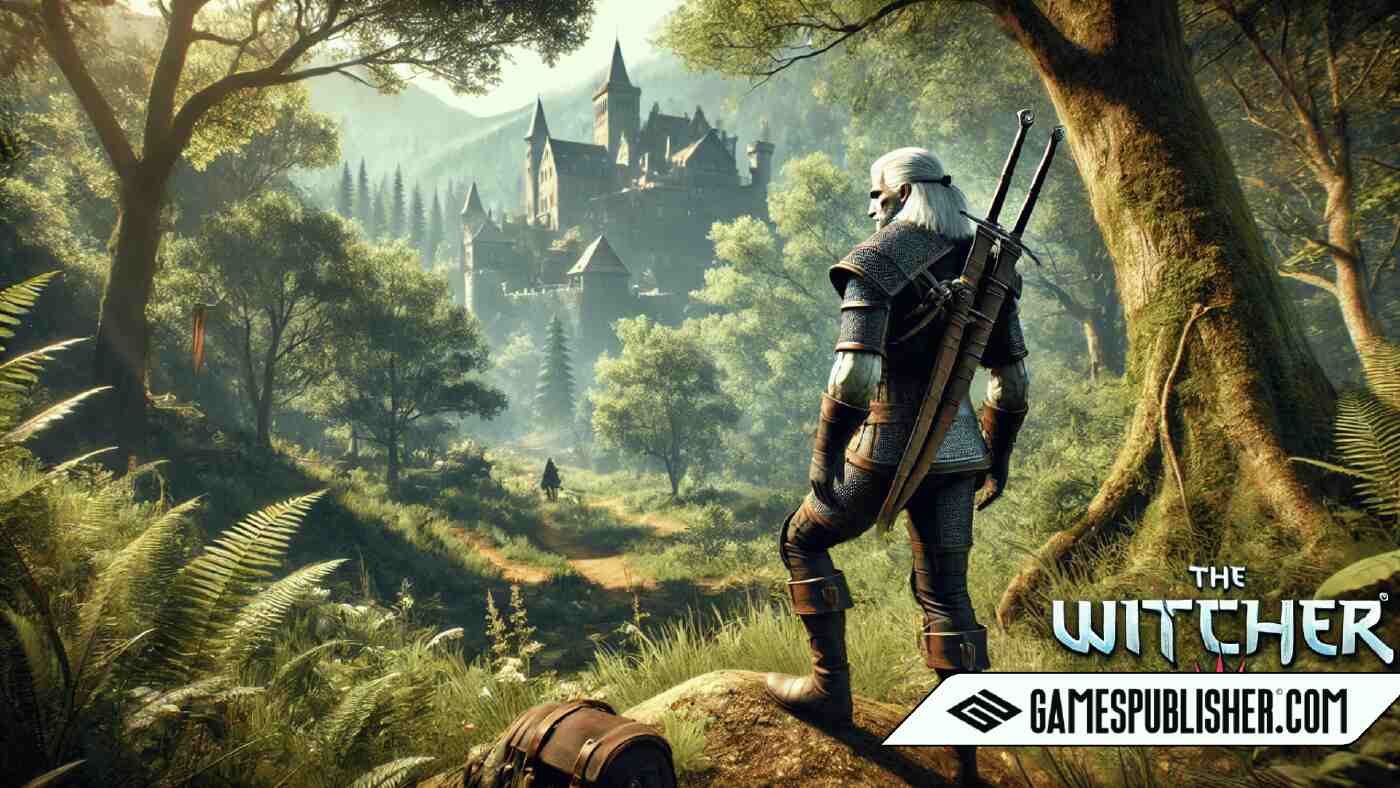Gamespublisher.com presents an analysis of “The Witcher 3: Wild Hunt,” a game that has set new standards in RPG storytelling and design. This article explores the game’s rich story and technical achievements and what developers and publishers can learn from its success.
Overview of The Witcher 3: Wild Hunt
Game Background and Setting
Released in 2015 by CD Projekt Red, “The Witcher 3: Wild Hunt” is set in a dark fantasy world. The game follows Geralt of Rivia, a monster hunter, on his quest to find his adopted daughter, Ciri. The story unfolds in a detailed world filled with political intrigue and magical elements.
Release and Reception
“The Witcher 3” was widely acclaimed when it launched. Critics loved its deep story, complex characters, and expansive world. The game won many awards and sold millions of copies, making it a landmark in video game history.
Narrative Depth
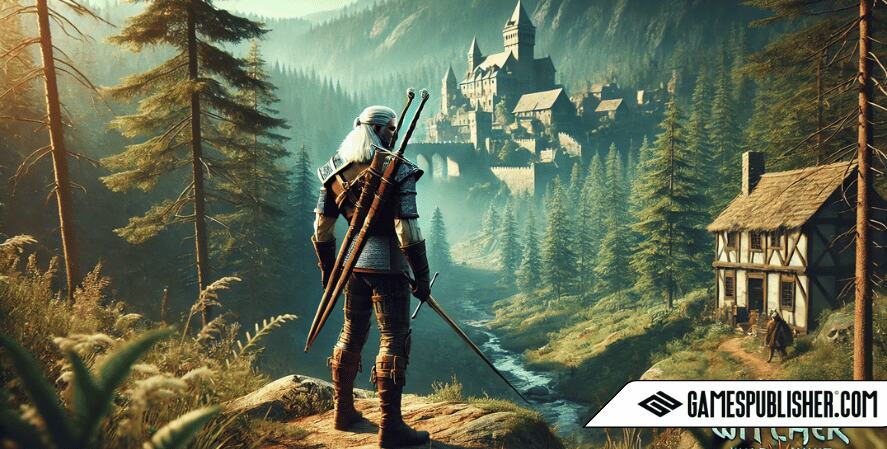
Storytelling Techniques
The game uses non-linear storytelling, allowing players to make choices that impact the game’s world and story. These decisions lead to different outcomes, ensuring each playthrough is unique. The narrative is filled with moral dilemmas, making players navigate shades of grey rather than clear-cut choices.
World-Building and Lore
“The Witcher 3” excels in creating an immersive world through detailed lore and world-building. Every location is crafted with its own history and culture. Side quests are integral to the main story, adding depth and making the world feel alive.
Dialogue and Voice Acting
The dialogue and voice acting in “The Witcher 3” are top-notch. Conversations feel natural and are filled with wit and emotion. Voice actors, including Doug Cockle as Geralt, deliver performances that enhance the game’s immersive experience.
Technical Achievements
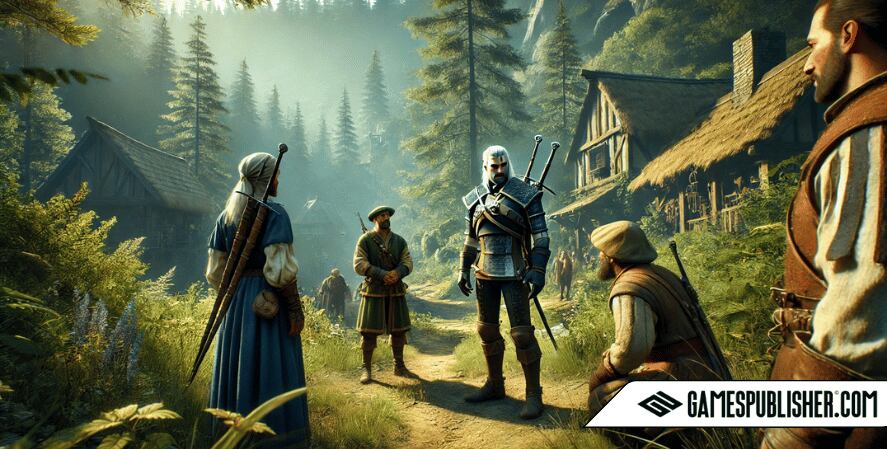
Graphics and Art Design
Players recognize ‘The Witcher 3’ for its stunning visuals and environmental design. The game features diverse landscapes, each rendered with great detail. Dynamic weather and lighting systems add to the realism, creating a world that feels both beautiful and alive.
Open World and Mechanics
The game’s open-world design offers seamless exploration. Players can traverse vast regions, each filled with unique challenges and secrets. Advanced AI behavior in NPCs and enemies contributes to a dynamic world The game’s mechanics, including combat, alchemy, and crafting systems, are deep and engaging.
Sound Design and Music
Sound design is crucial to the immersive experience of “The Witcher 3.” Ambient sounds and music by composer Marcin Przybyłowicz enhance the game’s atmosphere. The soundtrack complements the game’s tone perfectly, from tense battles to quiet moments of reflection.
Impact on the Gaming Industry
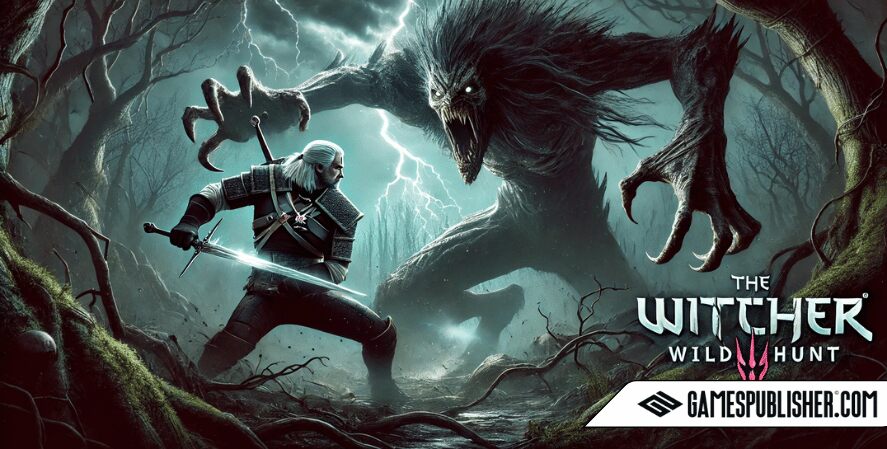
Influence on RPG Genre
“The Witcher 3” has set new standards for narrative complexity and technical excellence in RPGs. Its success has inspired other developers to focus on rich storytelling and immersive worlds. The game’s blend of exploration, character-driven stories, and player choice has become a model for future RPGs.
Legacy and Future Directions
The success of “The Witcher 3” has had a lasting impact on CD Projekt Red and the gaming industry. It has paved the way for future projects like “Cyberpunk 2077,” which build on its achievements. The game’s legacy is evident in its continued fanbase and influence on modern RPGs.
Lessons for Game Developers and Publishers
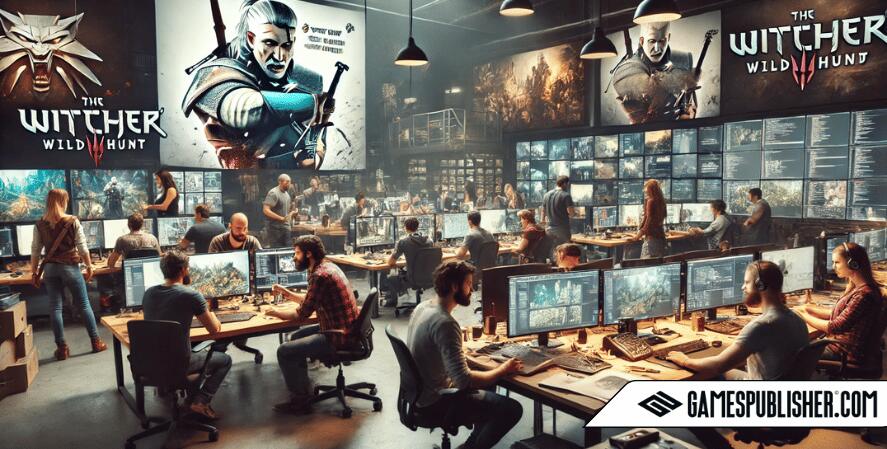
Quality Over Quantity
A major takeaway from “The Witcher 3” is that quality is more important than quantity. Its well-crafted story, detailed world, and engaging gameplay drive the game’s success.. Developers and publishers should prioritize creating immersive experiences that resonate with players.
Investment in Technology
Investing in cutting-edge technology is crucial for enhancing the player experience. “The Witcher 3” used advanced systems like dynamic weather to create a visually stunning world. Future games should continue to push technological boundaries to deliver richer experiences.
Community Engagement
CD Projekt Red’s approach to community feedback and support has been exemplary. The developers listened to players and improved the game through patches and updates. Engaging with the community can build a loyal fanbase and contribute to a game’s long-term success.
Conclusion
“The Witcher 3: Wild Hunt” stands as a milestone in video game narrative and design. Its rich storytelling, immersive world, and technical achievements have set new standards. Game developers and publishers can draw valuable lessons from its success to create captivating and inspiring games.
This guide covered “The Witcher 3’s” background, narrative depth, technical achievements, and industry impact. The game’s legacy influences RPG development, and its success story offers insights for future projects.

